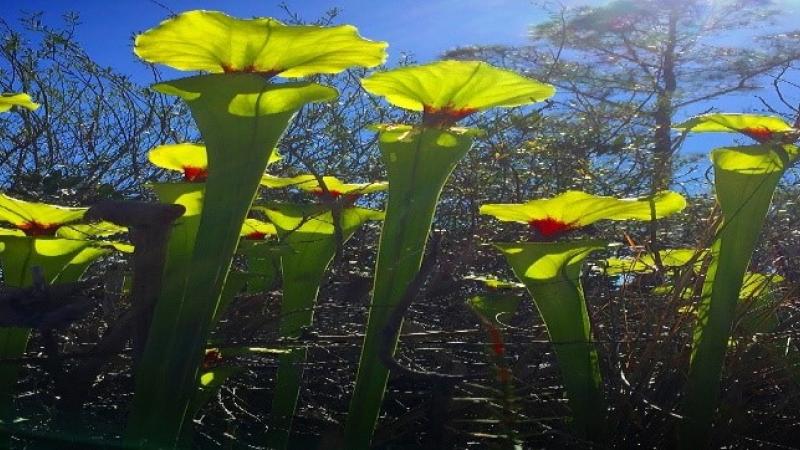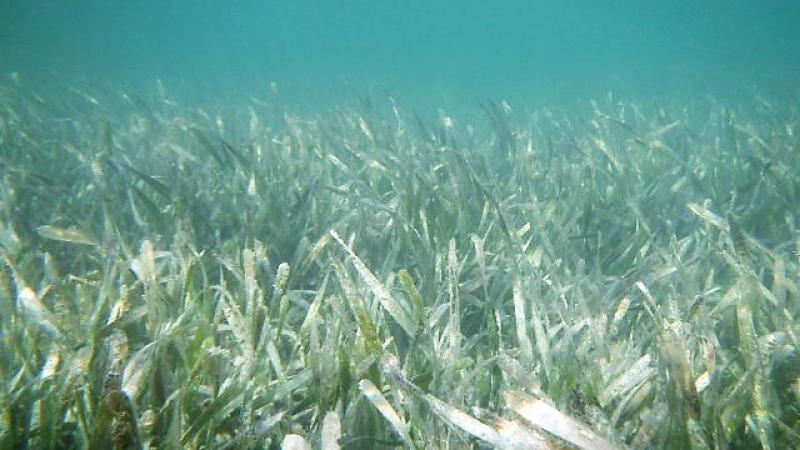Saving the Savannas Mint
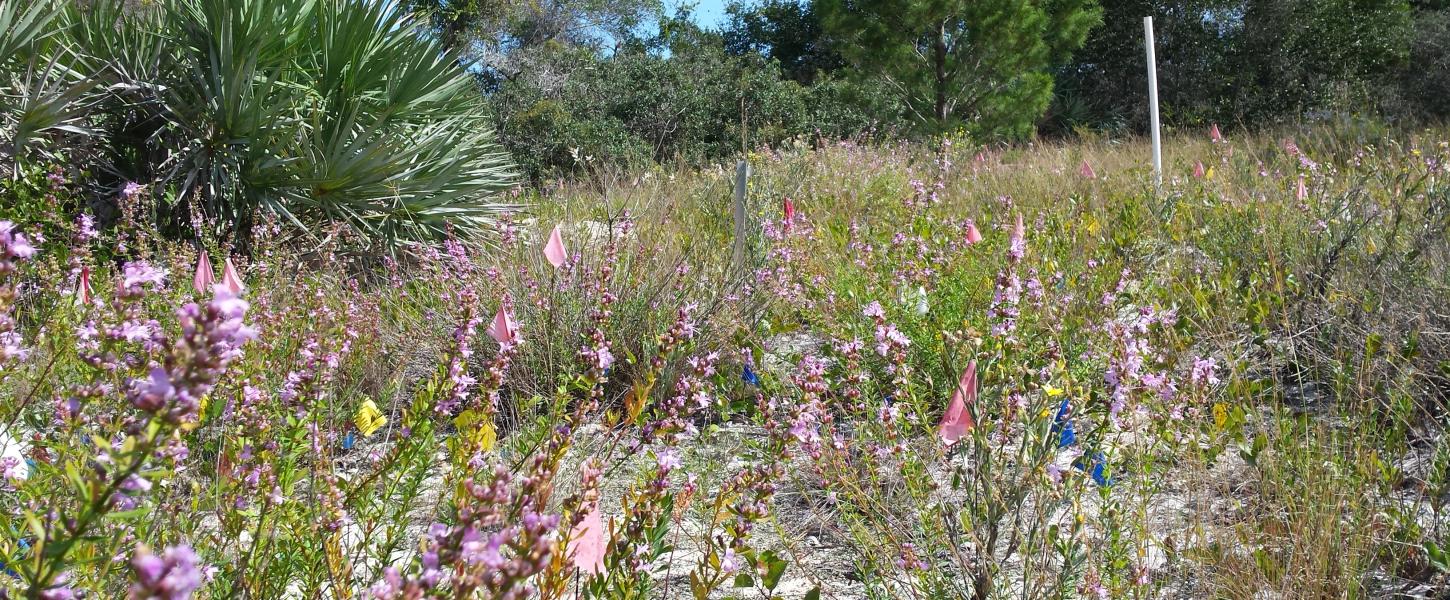
In 1995, a team of biologists exploring the dry and desert-like sandhills of Savannas Preserve State Park stumbled upon something unexpected. A rare subspecies of the Lakela’s mint was clinging to survival in the park, sandwiched in between the Florida East Coast Railroad and an adjacent neighborhood. Since then, conservationists have been working to study and preserve the Savannas mint, a scrappy survivor that explodes with striking purple blooms in the fall.
Savannas mint (Dicerandra immaculata var. savannarum) is a perennial, woody shrub geographically isolated to the sand pine scrub community located along the Atlantic Coastal Ridge at Savannas Preserve State Park in St. Lucie County. It is listed as endangered both state and federally and is one of nine species of genus Dicerandra found in Florida.
Savannas mint is a sub-species of Lakela’s mint (Dicerandra immaculata var. immaculata) found in northern St. Lucie County and Indian River County and shares similar physical characteristics and habitat requirements.
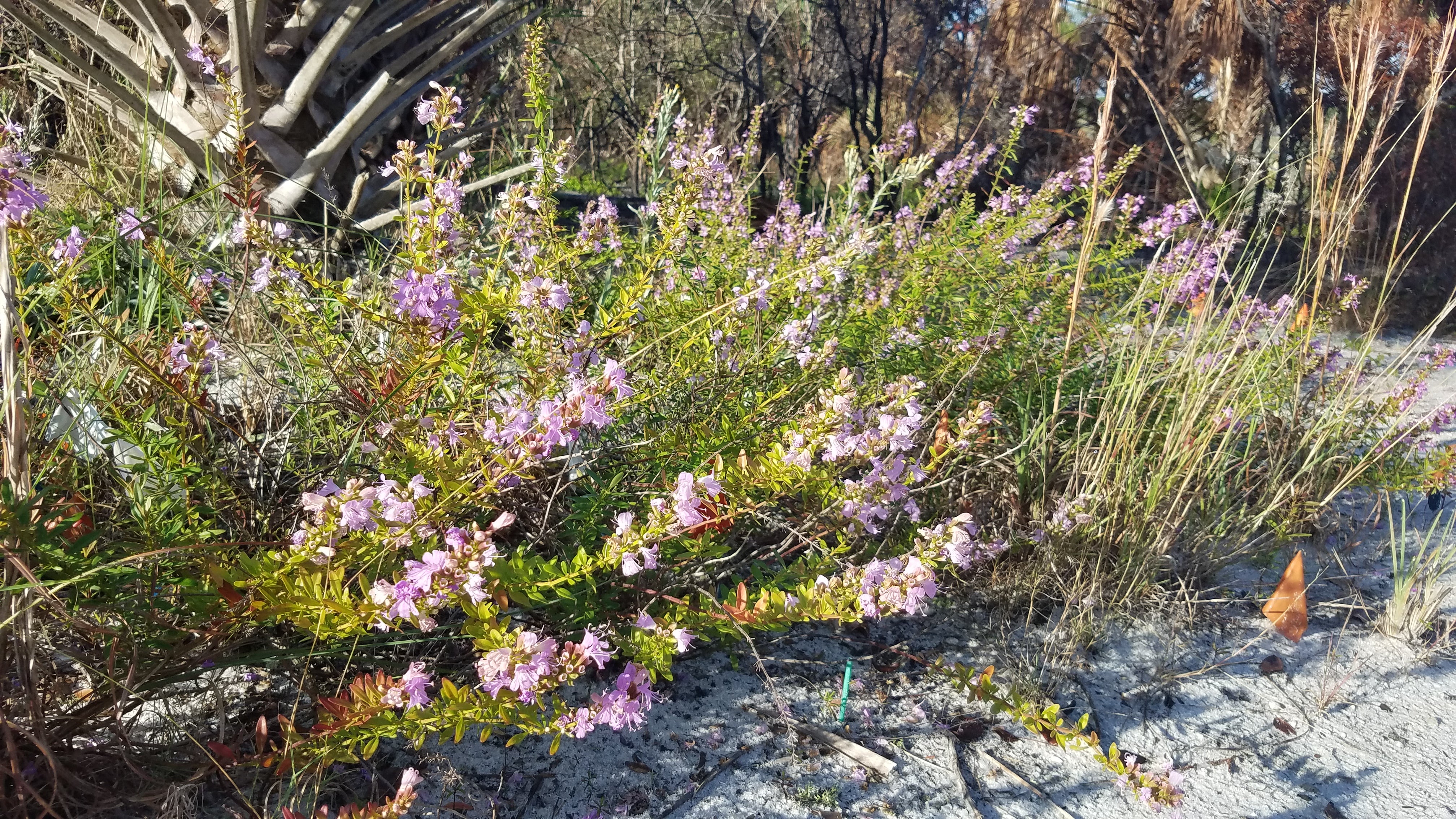
Decline of the Savannas Mint
We found the Savannas mint just in time to save it. Within 20 years of discovery the individuals of the original population dwindled from 200 to around six plants. The decline of the wild population is attributed to lack of viable reproductive habitat restricted from regular disturbance by fire. This area is characterized by deposition of leaf litter contributing to organic soils, overgrowth of canopy and sub-canopy species, invasive exotic plants and pressure from neighborhood development.
Habitat loss, agricultural practices and lack of land management are major contributors to the decline of this species.
Savannas mint, like most scrub species, is adapted to low-nutrient, well-drained sandy soils characteristic of the Atlantic Coastal Ridge. In the fall, mature plants can produce hundreds of beautiful purple flowers that attract primarily non-native pollinators like the honey bee. Seeds are dispersed by gravity and may be wind blown short distances or carried by water sheet flowing across the hydrophobic soils of the scrub. The result is that typical seed dispersal is within 1-meter of the parent plant.
Savannas mint is a gap specialist and requires specific conditions of its habitat. Preferred conditions include full or moderately filtered sunlight, sandy patches with sparse leaf litter, and presence of typical herbaceous plants and lichen such as silkgrass, largeflower jointweed and cup lichen.
In the introduced populations at Savannas Preserve State Park, the mints thrive along edges of scrub oak islands and in association with the occasional cabbage palm.
A challenge to reproductive success of the species includes high mortality during drought years, especially when drought occurs within one year of a seedling’s emergence, where a winter drought is almost certain death for a Savannas mint seedling. Plants expire after about three years; this may result in only two reproductive events throughout the plant’s lifecycle. The short lifecycle of the plant means that in drought conditions, a population can collapse in a span of five to10 years. Genetic diversity of the plants is essential to maintain fitness and provide a healthy, robust plant population.
Saving the Savannas Mint
Implementation of simple techniques like irrigation during initial plantings has boosted survival to nearly 80% in the first year. Monitoring takes place on a biannual basis to collect data on plant survival, number of stems and number of reproductive stems, as well as new seedling germination and growth. A database containing all introduced plants and their offspring is kept for population monitoring and further scientific research.
Thanks to the hard work of Cheryl Peterson and colleagues at Bok Tower Gardens’ Rare Plant Conservation Program, there have been significant efforts to preserve the Savannas mint species. In cooperation with Savannas Preserve State Park since 2006, Cheryl has established three individual populations throughout the preserve’s sand pine scrub habitat, introducing approximately 3,000 individuals with genetic material from the original off-site populations.
Using techniques discovered in previous restoration efforts and knowledge of growth habits and reproductive strategies of similar gap specialists, Cheryl has replicated the most ideal growing conditions in the field. There is a constant learning curve as the conservation efforts occur simultaneously with experiments and data collection. The species currently persists in introduced populations at greater than 4,000 individuals. Coordination with the U.S. Fish and Wildlife Service, Florida Department of Agriculture and Consumer Services and the Disney Conservation Fund have helped provide grant funding for restoration efforts.
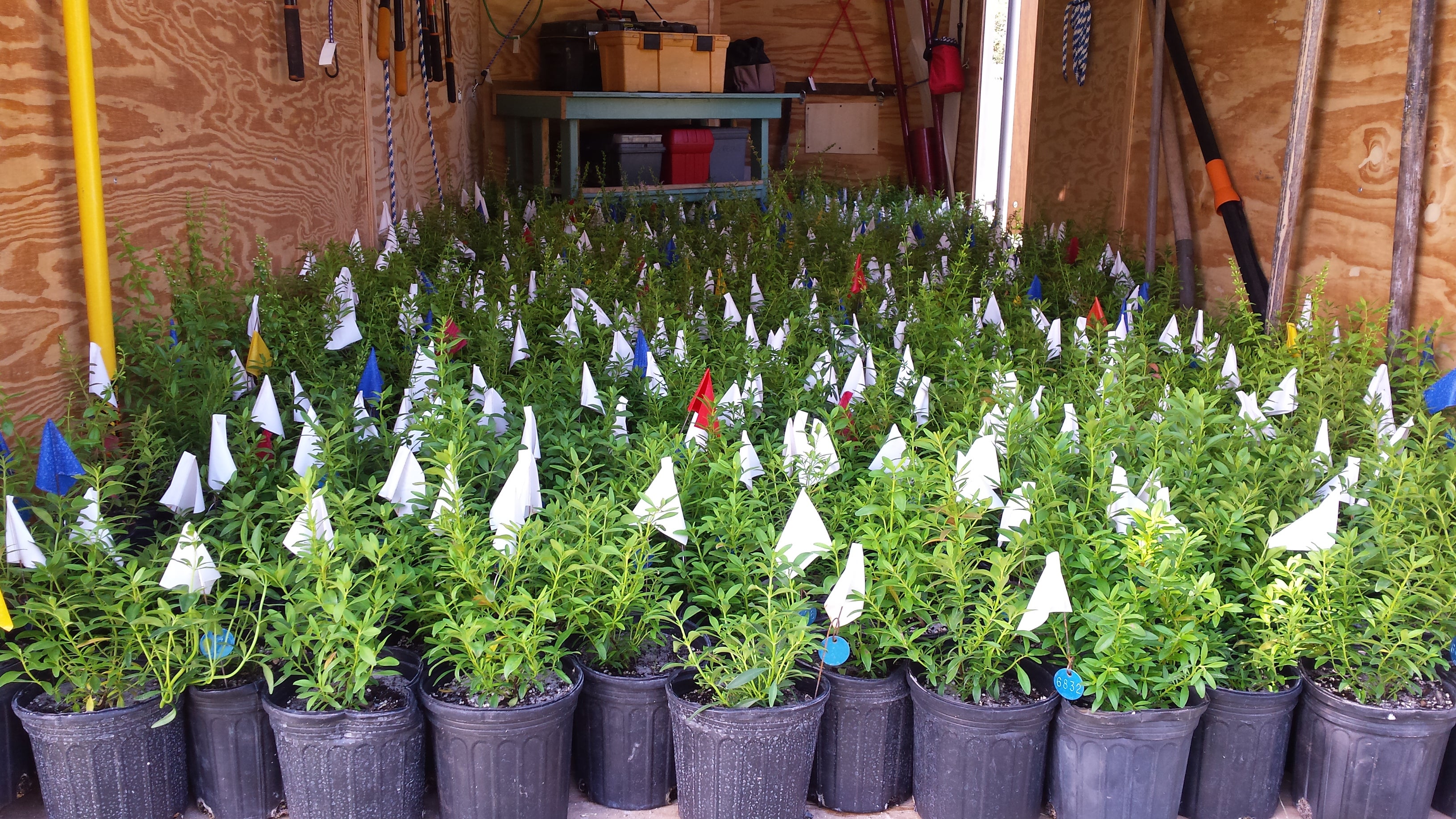
Since joining the Savannas Preserve staff in 2015, I have had the pleasure of working with Cheryl, the Savannas mint, and a group of dedicated volunteers and staff that make the restoration efforts possible. We have worked together to establish the third introduction site for the mint, using knowledge and techniques learned from previous introductions to provide the mints with the highest potential for success in establishing a viable population.
I find it fascinating that this resilient prehistoric plant, physically and genetically isolated from other ancient sand dune species, has persisted and adapted to living in such a harsh environment. I am committed to assisting with continued management of the existing habitat to ensure the longevity of the species.
Further studies of the introductions will include additional field research into the response of the species to prescribed burning and mechanical treatment of planted areas. We will continue to manage the introduction areas by removing encroaching vines, treating invasive exotic plants and introducing nursery-raised plants where necessary. I intend to continue educating the public about this incredible rare and endemic species by recruiting new volunteers to assist with planting, monitoring, and interpreting to the public, including groups like the local native plant societies.
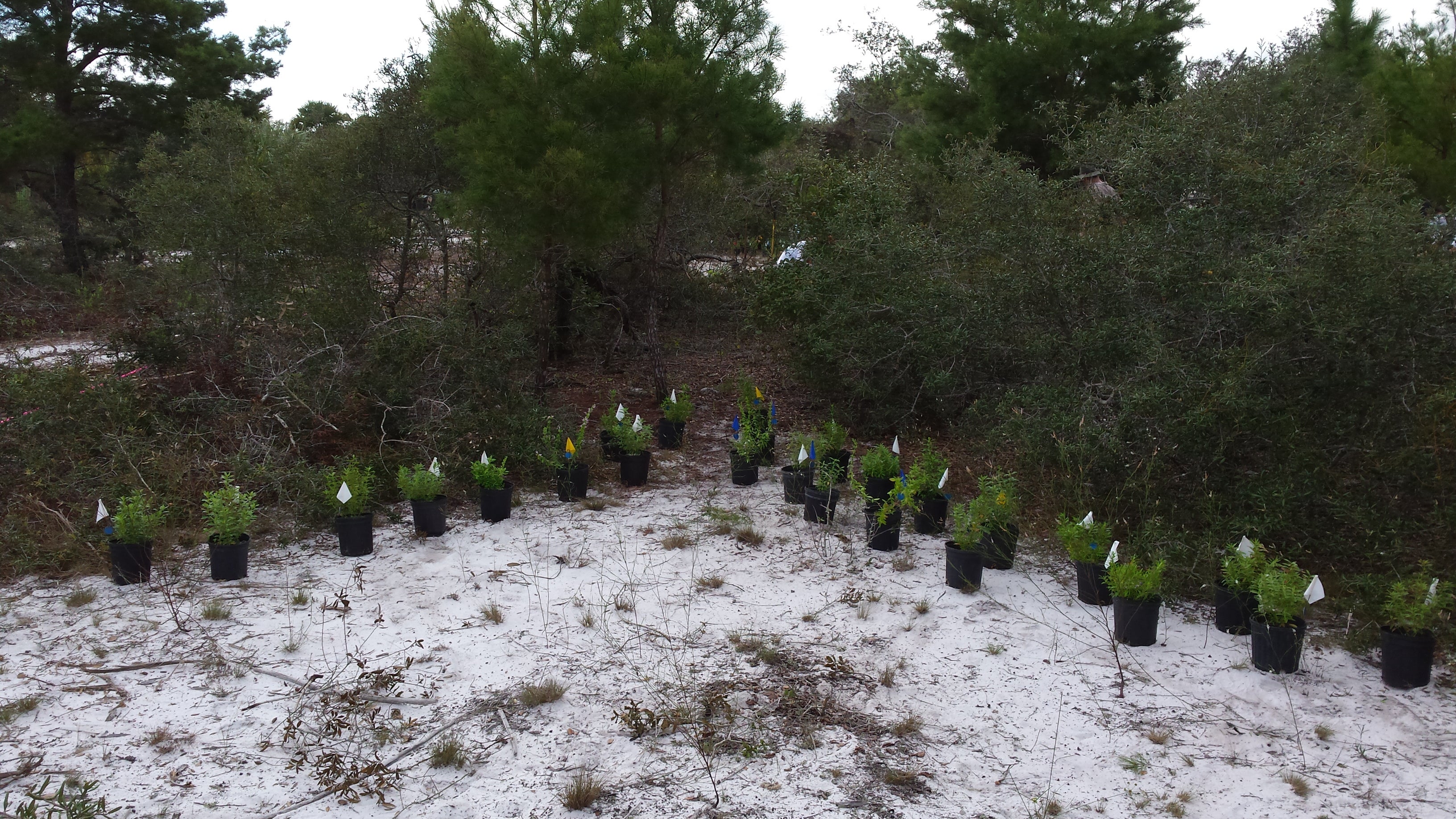
Bok Tower Gardens is a participating institution in the Center for Plant Conservation and maintains a collection of seeds and living material of 70 endemic Central Florida species, and is involved with the research and monitoring of 12 endangered plant species. Bok Tower Gardens has facilities dedicated to short- and long-term seed storage, which are essential to the preservation of Florida’s endangered plant species.
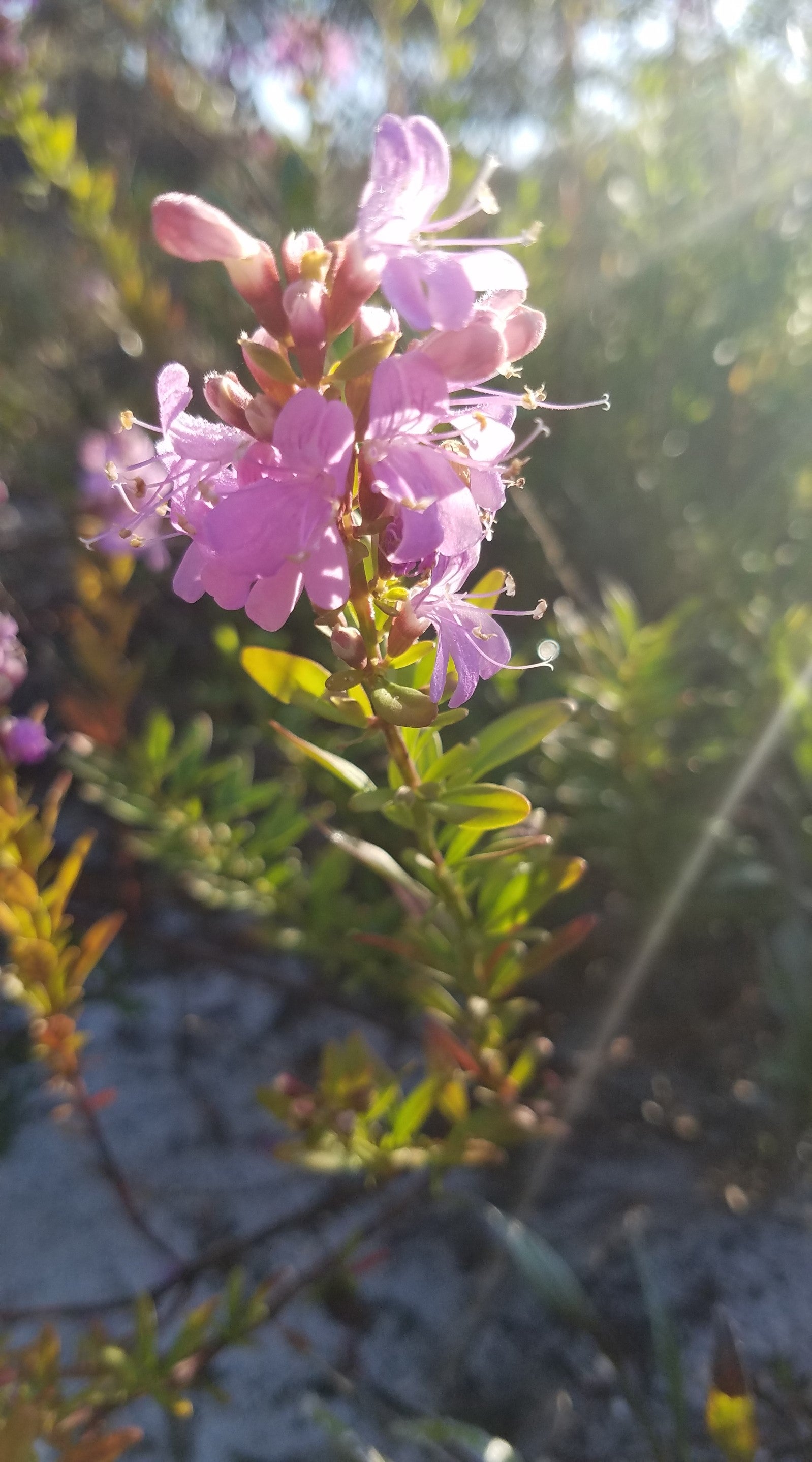
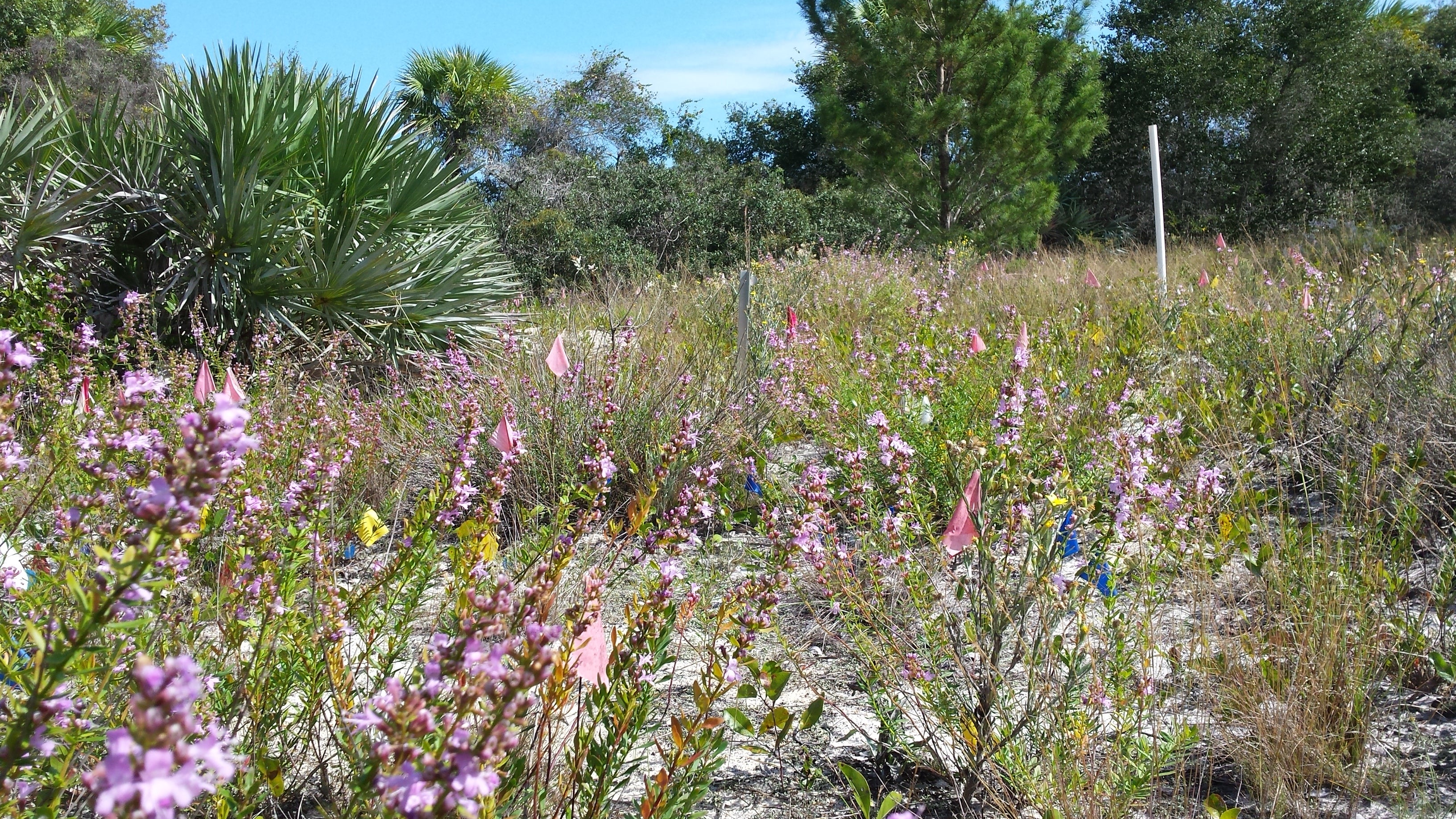
Learn More
About the Author
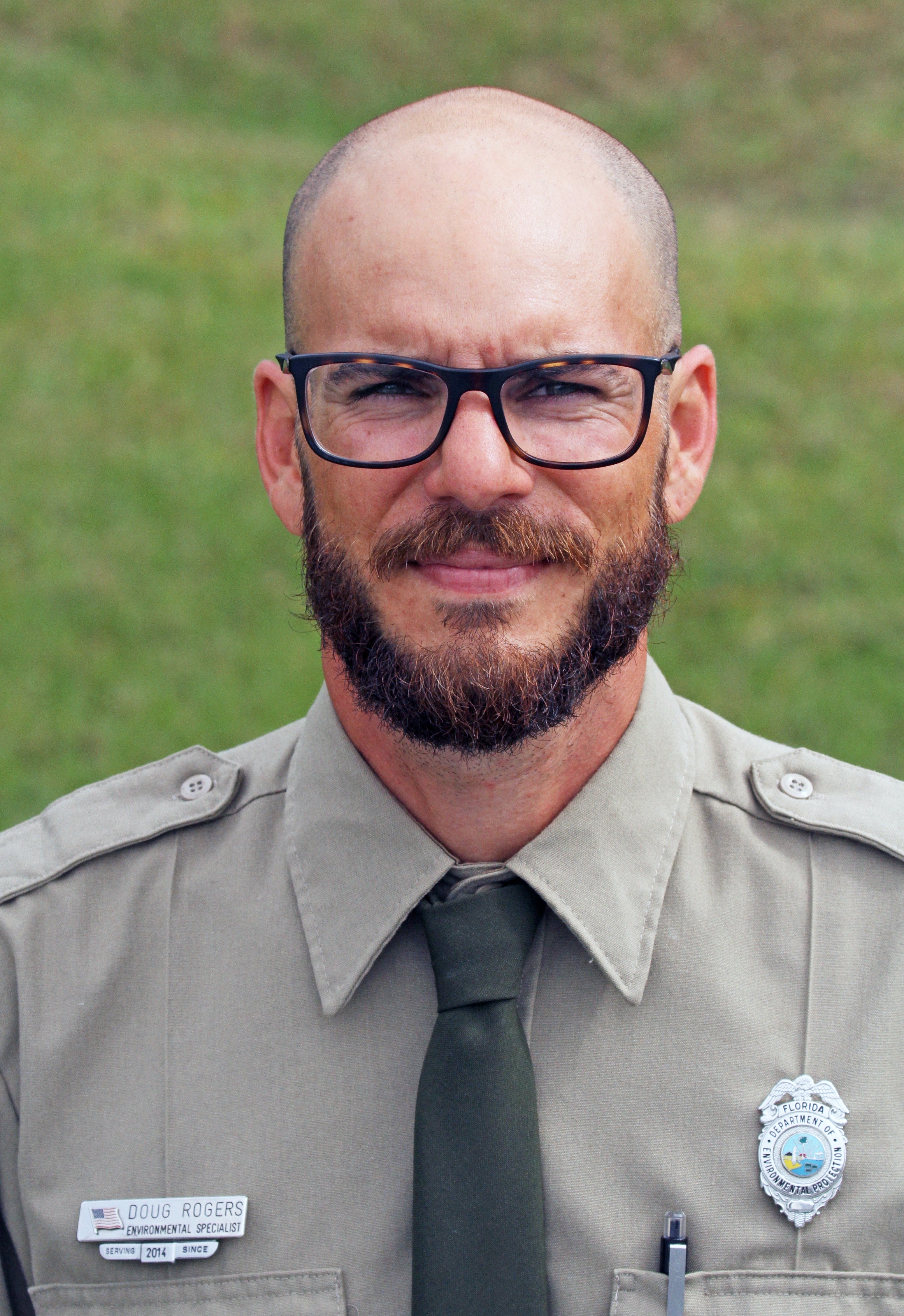
A South Florida native, Douglas Rogers earned his Bachelor of Science degree in Environmental Science from the University of Central Florida and began his park service career with AmeriCorps in South Florida, serving area parks in removing invasive exotic plants.
After serving as a park ranger at Gamble Rogers Memorial State Recreation Area at Flagler Beach, Rogers joined the Savannas Preserve State Park resource management team in January 2015.
His skill and expertise in the natural resource field aids him in directing invasive exotic work crews, planning prescribed fires, and conducting imperiled plant and animal surveys. He plans to continue his career with the Florida Park Service in the resource management field, striving to restore natural communities in an ever-increasing urban landscape.
About The Biologists Tell the Story Series
In this series, we will learn a little more about our biologists, as they share stories of their work in Florida’s state parks. The leadership and scientific research our biologists provide is essential for our legacy of conservation and land management. This series is an opportunity to connect these projects to the places where we ensure the health and sustainability of Florida State Parks.
